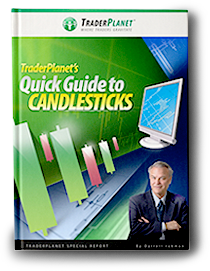Question:
I am a beginner in Forex, so I have some problems deciding WHEN to trade. What indicators should I use and how should I use them.
Alex from Timing town
Answer:
Alex, this might be the single most “mind-bending” aspect to trading. As a beginner, no wonder you are having problems. Many traders wrestle with the timing of trades.
Two words will help you understand what I am about to tell you—patience and rules. Before you can apply any indicators to find your entry and exit, you must understand that patience will get you the best entry and rules will get you the best possible exit.
Whatever indicators you use will give you an entry point. Often that will be lower than a closing price, an opening price, or lower than you might want. You see, when you find a trade, you will want to get in, and get in quickly. This is natural. Be patient. Follow your plan, and keep in mind the following—if I get in great; if not, another trade will come along.
Once you are in a trade, the goal is profit or minimal loss. Either can happen. The point is that if you have defined rules about how you exit a trade, you remove the “thinking” to some degree. For example, when you enter a trade, your rules should define how much you are willing to lose on that trade. Thus, you immediately put in a stop to make sure that you will lose no more than planned. On the profit side, your rules should define your minimal profit. When you hit that, either you get out with your profit or you protect your profit with a trailing stop or market stop. The latter move allows you to take more profit than planned safely. It also requires some thinking on your part.
You asked for specific indicators to define “when” you trade, but what I have given you is equally as important as the tools that will get you in and out of a trade. Additionally, I would need several columns to discuss the indicators that traders use to find entry and exit points. However, here are three that you should consider. Your strategy defines the percentages you use.
- Depending on your trading timeframe, enter and exit a certain percentage below and above the 20-, 50-, or 200-day moving average.
- Depending on your desire to get in or out, enter and exit a certain percentage below and above the opening/closing price.
- Depending on your trading timeframe, enter and exit a certain percentage below and above the high/low intraday range or the three-day, high/low average range.
Trade in the day; invest in your life …



